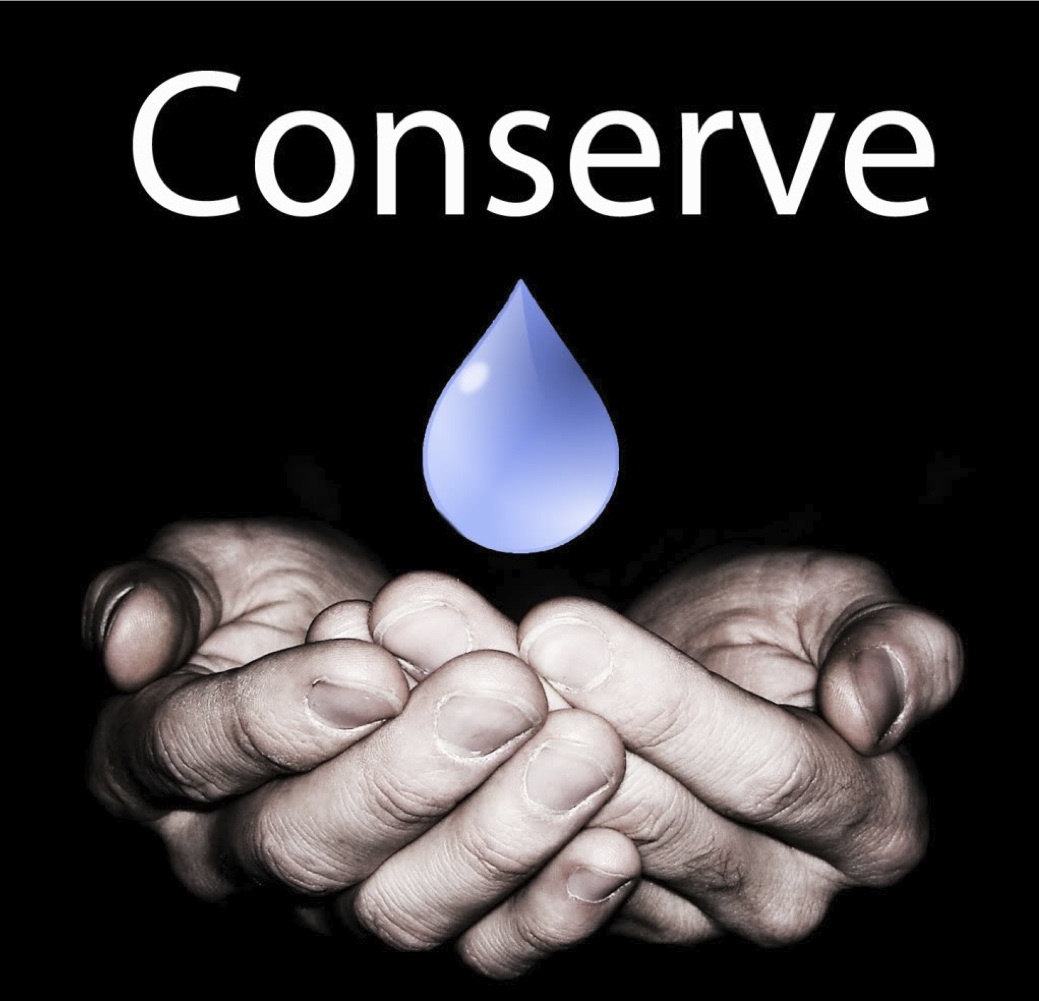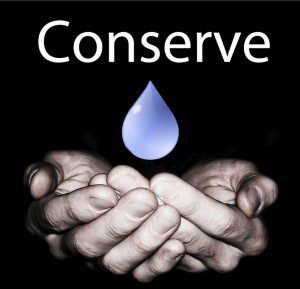
09 Jun EARTH MATTERS: WATER SCARCITY
 Living at the headwaters of the San Juan River in the Rocky Mountains of Colorado, it is relatively simple to take for granted the seeming abundance of freshwater in our clear mountain streams. However, half of the world’s 500 major rivers are seriously depleted or polluted. In the United States, there are more than 3000 contaminated groundwater sites. Consequently, water shortage and contamination has pushed almost 20% of the freshwater fish species into extinction. Furthermore, nearly one in six people in the world, roughly 1.1 billion, lack safe drinking water. At our current rate of consumption, without taking proactive adaptive actions globally, two-thirds of the world’s population will suffer from water shortages by 2025. Recent research indicates that 80% of the diseases in developing countries are caused by contaminated water. In China, India, and Indonesia, there are two times as many people dying from diarrheal diseases as from HIV/AIDS. Worldwide, some 6,000 children die every day due to a lack of safe drinking water. To put this into prospective, the freshwater crisis claims more lives through diseases than any war through guns. Simply put, if we were able to globally provide access to clean safe water, we could save two million lives per year. It would cost only 30 billion dollars to globally provide everyone with access to safe water. This equates to about a third of what the world spends in a year on bottled water.
Living at the headwaters of the San Juan River in the Rocky Mountains of Colorado, it is relatively simple to take for granted the seeming abundance of freshwater in our clear mountain streams. However, half of the world’s 500 major rivers are seriously depleted or polluted. In the United States, there are more than 3000 contaminated groundwater sites. Consequently, water shortage and contamination has pushed almost 20% of the freshwater fish species into extinction. Furthermore, nearly one in six people in the world, roughly 1.1 billion, lack safe drinking water. At our current rate of consumption, without taking proactive adaptive actions globally, two-thirds of the world’s population will suffer from water shortages by 2025. Recent research indicates that 80% of the diseases in developing countries are caused by contaminated water. In China, India, and Indonesia, there are two times as many people dying from diarrheal diseases as from HIV/AIDS. Worldwide, some 6,000 children die every day due to a lack of safe drinking water. To put this into prospective, the freshwater crisis claims more lives through diseases than any war through guns. Simply put, if we were able to globally provide access to clean safe water, we could save two million lives per year. It would cost only 30 billion dollars to globally provide everyone with access to safe water. This equates to about a third of what the world spends in a year on bottled water.
Currently, the average person in the developing world uses approximately 2.64 gallons of water a day. In stark contrast, the average person in the United States (US) uses approximately 137.5 gallons per day. It takes approximately 2,900 hundred gallons of freshwater to produce a quarter pound of hamburger meat. Making matters worse, more than half the freshwater used for agricultural irrigation leaks, evaporates, or runs off. Adding to the problem, it takes five liters of water to produce one liter of bottled water and an estimated 25% of the people in the cities of developing nations purchase their water from vendors. As a result, freshwater is neither abundant nor free. In fact, selling freshwater has grown into a $400 billion a year global industry and the third largest behind the energy sectors of electricity and oil. How long before clean air becomes a commodity and we have to pay to breathe?
Compounding the worldwide water shortage and sanitation problem, global warming has resulted in decades of below average rainfall and snowpack in many parts of the world. According to the Intergovernmental Panel on Climate Change (IPCC) in 2007, “One-sixth of the world’s population live in glacier-or snowmelt-fed river basins and will be affected by a decrease in water volume stored in glaciers and snowpack.” In addition, “higher water temperatures, increased precipitation intensity and longer periods of low flows are likely to exacerbate many forms of water pollution, with impacts on ecosystems, human health, and water system reliability and operating costs.”
In response to the immediate and future need for water conservation, reactive and proactive adaptation policies and actions have risen to the forefront of community planning. Although mitigation, adaptation, and prevention policies and actions are effectively implemented in climate change planning at all scales. Adaptation policies and actions are most effective when used to address a specific issue in a designated location. Every location has its own set of unique characteristics that can be used to reduce climate change vulnerability, build resilience, and create opportunities. In Colorado, the state climate action panel has developed the following 14 water adaptation recommendations to prepare local governments for the predicted effects of climate change on water resources.
1. Public officials exercise leadership in addressing climate change effects on water supplies
2. Water managers consider climate change in all water supply decisions.
3. Climate change effects considered in the new Colorado Water
4. State government develops mechanisms for compact calls for each major river basin.
5. Assessment of knowledge about climate change effects on Colorado’s water resources. An assessment of data and data systems for understanding climate change.
6. Cooperative development of information on climate change effects in each major river basin.
7. Municipal water providers evaluate water conservation savings, best demand management practices, and the best uses of conserved water in their systems.
8. Minimize effects of water-rights transfers on agricultural economies.
9. Consider relationships between energy and water use.
10. Information exchanges on effects of climate change on water resources.
11. State government considers ways to reduce climate change effects on water-related recreation and tourism.
12. State government considers ways to reduce climate change effects on the environment.
13. Reduce use of groundwater for irrigation until recharges match discharges.
14. Establish new Colorado Water Institute.
Although these adaptation recommendations are not mandatory, they do provide guidance for local communities to develop water conservation adaptation policies and actions that fit their locality’s unique social, economic, and environmental characteristics. Thus, the most effective strategy to address the global freshwater crisis involves implementing adaptive policies and actions at the state and local levels that are integrated with existing community planning.
Think globally! Act locally!



Sorry, the comment form is closed at this time.